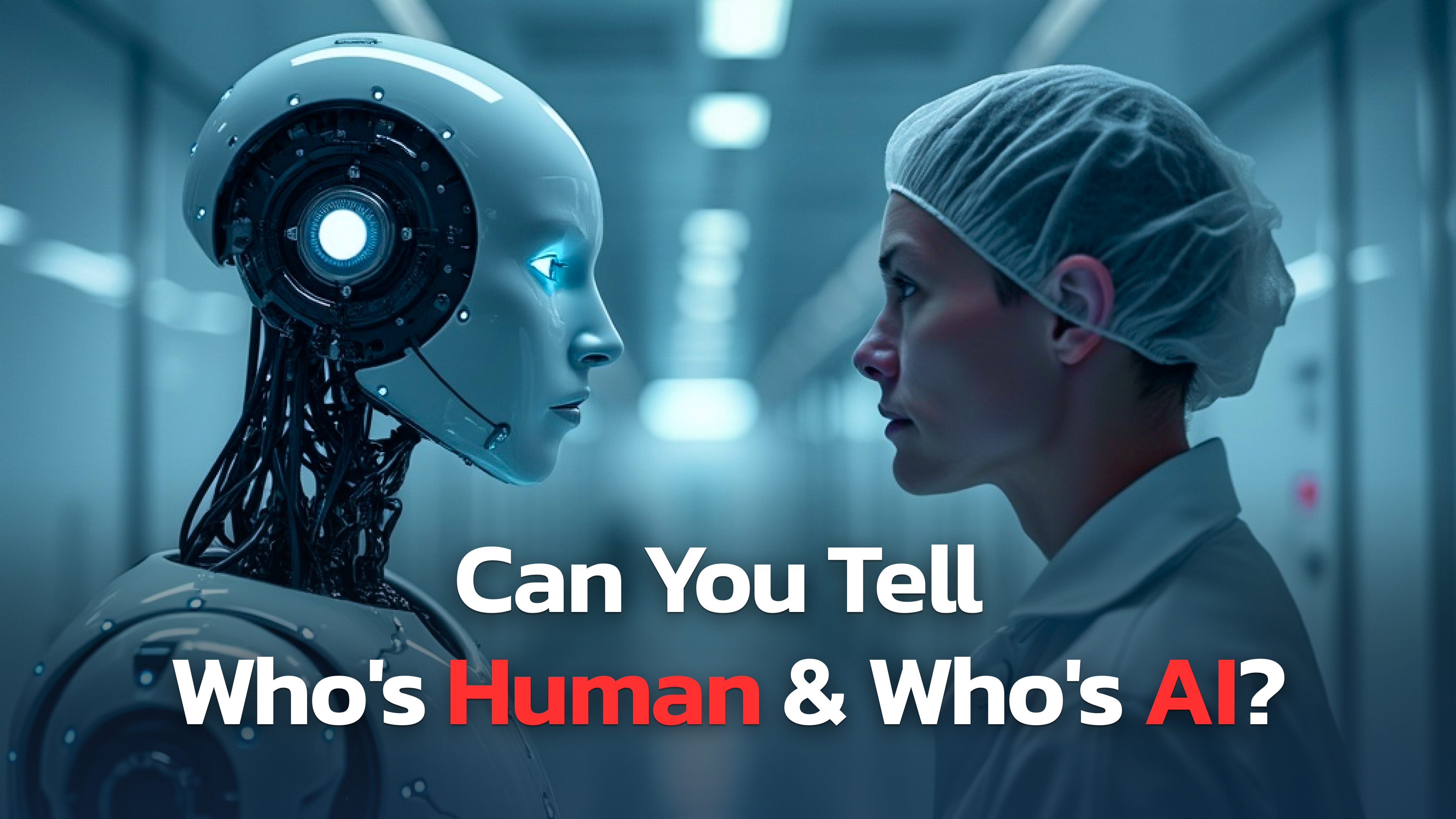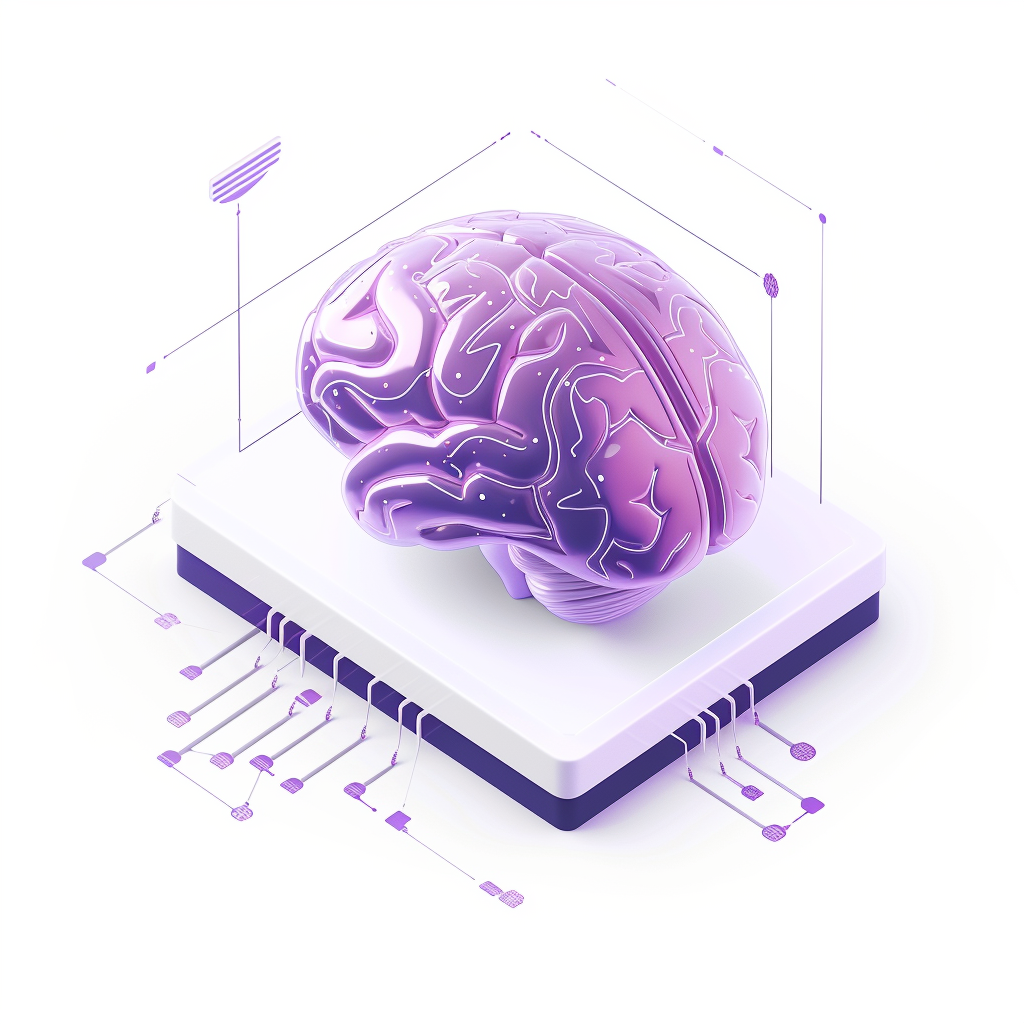In a new study from UC San Diego’s Language and Cognition Lab, OpenAI’s GPT‑4.5 was able to convince people it was human in 73% of short text conversations—when it was given a detailed human-like persona to follow. Each conversation lasted five minutes, and the AI was chosen as the human more often than the actual human participant.
The experiment was based on a modern version of the Turing Test—a method from 1950 that checks if a machine can talk like a person well enough to fool someone. This result shows how far conversational AI has come, especially when it’s guided to behave in a more personal, human way.
It's over. ChatGPT 4.5 passes the Turing Test. pic.twitter.com/KyTxYlbi2a
— Bojan Tunguz (@tunguz) April 1, 2025
Researchers also tested Meta’s LLaMA 3.1‑405B und OpenAI’s GPT‑4o. Only GPT‑4.5, under the right setup, crossed the threshold where people couldn’t reliably tell it apart from a human.
It’s a big step for AI communication—but also raises bigger questions. What happens when machines talk like us so well that we stop noticing the difference?
Breakthrough Results
Recent experiments at UC San Diego involved nearly 300 participants in a series of eight rounds of online tests. In each round, an interrogator simultaneously conversed with one human and one AI using a split-screen interface. After each five‑minute session, the interrogators had to identify the human participant.
Under conditions where the AI received only minimal instructions—simply to convince the interrogator of its humanity—GPT‑4.5 performed modestly. However, when the model was given a rich persona prompt instructing it to emulate a young, culturally savvy individual, its win rate skyrocketed to 73%. In comparison, Meta’s Llama 3.1‑405B achieved about 56% and GPT‑4o only 21%. These results indicate that the way an AI is “framed” can dramatically influence how human-like its responses appear.
Been using GPT-4.5 for a few days and it is a very odd and interesting model. It can write beautifully, is very creative, and is occasionally oddly lazy on complex projects.
— Ethan Mollick (@emollick) February 27, 2025
Feels like Claude 3.7 while Claude 3.7 feels like GPT-4.5.
What Is the Turing Test?
The Turing Test is one of the oldest and most iconic benchmarks for artificial intelligence. First introduced by British mathematician Alan Turing in 1950, it asks a simple but powerful question: Can a machine imitate a human so well that a person can’t tell the difference?
Instead of trying to define what it means for a machine to “think,” Turing proposed a practical test. A human judge would hold text conversations with both a real human and a machine—without knowing which is which. If the judge can’t reliably identify the human, the machine is said to have passed the test.
The goal isn’t to prove understanding or sentience, but rather to test whether the machine’s behavior is indistinguishablefrom that of a human in conversation.
Early Attempts
Early chatbots like ELIZA (1966) and PARRY (1972) mimicked therapists or psychiatric patients. They sometimes fooled people in short conversations, but these programs were based on scripts and rules rather than real language understanding.
In 2014, a chatbot named Eugene Goostman claimed to pass the test by pretending to be a 13-year-old boy with limited English. Critics argued that these tricks relied more on user confusion than real intelligence.
The Modern Version
Recent advancements in large language models have changed the game. Tools like GPT-4, Claude, and LLaMA are trained on massive datasets and can produce complex, natural-sounding replies across a wide range of topics.
The UC San Diego study used a three-party version of the Turing Test. Here, a human interrogator chatted with both a human and an AI at the same time using a text interface. After five minutes, the interrogator had to guess which participant was human.
Researchers also tested two conditions:
- No persona: the AI received basic instructions to appear human.
- Persona: the AI was prompted with a human-like character, complete with background and personality traits.
GPT-4.5 reached a 73% win rate with the persona prompt—meaning it was chosen as the human more often than the actual human partner.
Why It Matters
The Turing Test doesn’t measure consciousness or reasoning—it tests performance. But passing it convincingly, as GPT-4.5 just did, shows how far AI has come in mimicking the complexity of human conversation.
While not a full measure of intelligence, the test remains a powerful symbol: when machines speak like us, we begin to rethink what separates human and artificial minds.
Inside the Experiment
Conducted by researchers at UC San Diego’s Language and Cognition Lab, the study employed a robust experimental design to evaluate AI conversational capabilities. Participants were randomly assigned to act as either the interrogator or one of the “witnesses” (human or AI). Conversations took place over multiple rounds, ensuring that a diverse range of dialogue scenarios was captured.
The research team meticulously compared three different AI models under two distinct conditions. In the NO‑PERSONA setup, the AI received only basic instructions. In contrast, the PERSONA prompt guided the AI to adopt a detailed, human-like demeanor, complete with small talk and emotional nuances. The dramatic difference in outcomes—73% win rate for GPT‑4.5 with the PERSONA prompt versus significantly lower rates in other conditions—illustrates the pivotal role of contextual framing in AI performance.
UC San Diego’s Language and Cognition Lab is renowned for its interdisciplinary work, bridging computational linguistics, cognitive science, and artificial intelligence. Their innovative approach not only tests the limits of machine intelligence but also informs broader discussions on how humans interact with AI systems.
Implications
GPT‑4.5’s success in the Turing Test marks a significant leap forward for AI communication. With the ability to mimic human conversation convincingly, AI systems are poised to transform industries that rely on brief, high-volume interactions—customer support, online services, and even aspects of diplomacy. AI-driven agents might soon handle negotiations, build alliances, and manage routine interactions in ways that were once exclusively human.
Yet, the achievement also raises important questions. While GPT‑4.5 can simulate human-like dialogue, critics argue that this does not equate to genuine understanding or consciousness. The risk of overreliance on AI in sensitive areas such as strategic decision-making and diplomacy must be carefully balanced against the benefits of increased efficiency and scalability.
Moreover, as AI systems become more adept at mimicking human behavior, ethical and accountability concerns come to the forefront. If a machine can convincingly pass as human, how do we ensure transparency and responsibility in its actions? These questions are central to ongoing debates about the future role of AI in society.
Schlussfolgerung
GPT‑4.5’s ability to pass a modern Turing Test is more than a technical milestone—it’s a moment that forces us to reexamine the boundaries between human and machine. While the achievement demonstrates remarkable progress in natural language processing, it also underscores a timeless philosophical question: What does it truly mean to think?
As we integrate increasingly sophisticated AI into everyday life, it becomes crucial to balance innovation with ethical responsibility. The road ahead is one of both excitement and caution. On one hand, AI’s potential to enhance communication, streamline work, and even assist in diplomacy is enormous. On the other, we must confront the challenges of ensuring that these systems remain tools that augment human capabilities rather than replace the nuanced, empathetic understanding that defines our humanity.
In the end, GPT‑4.5’s success reminds us that the true measure of intelligence may lie not only in the ability to mimic human behavior but in the thoughtful, ethical application of technology in our complex world.







